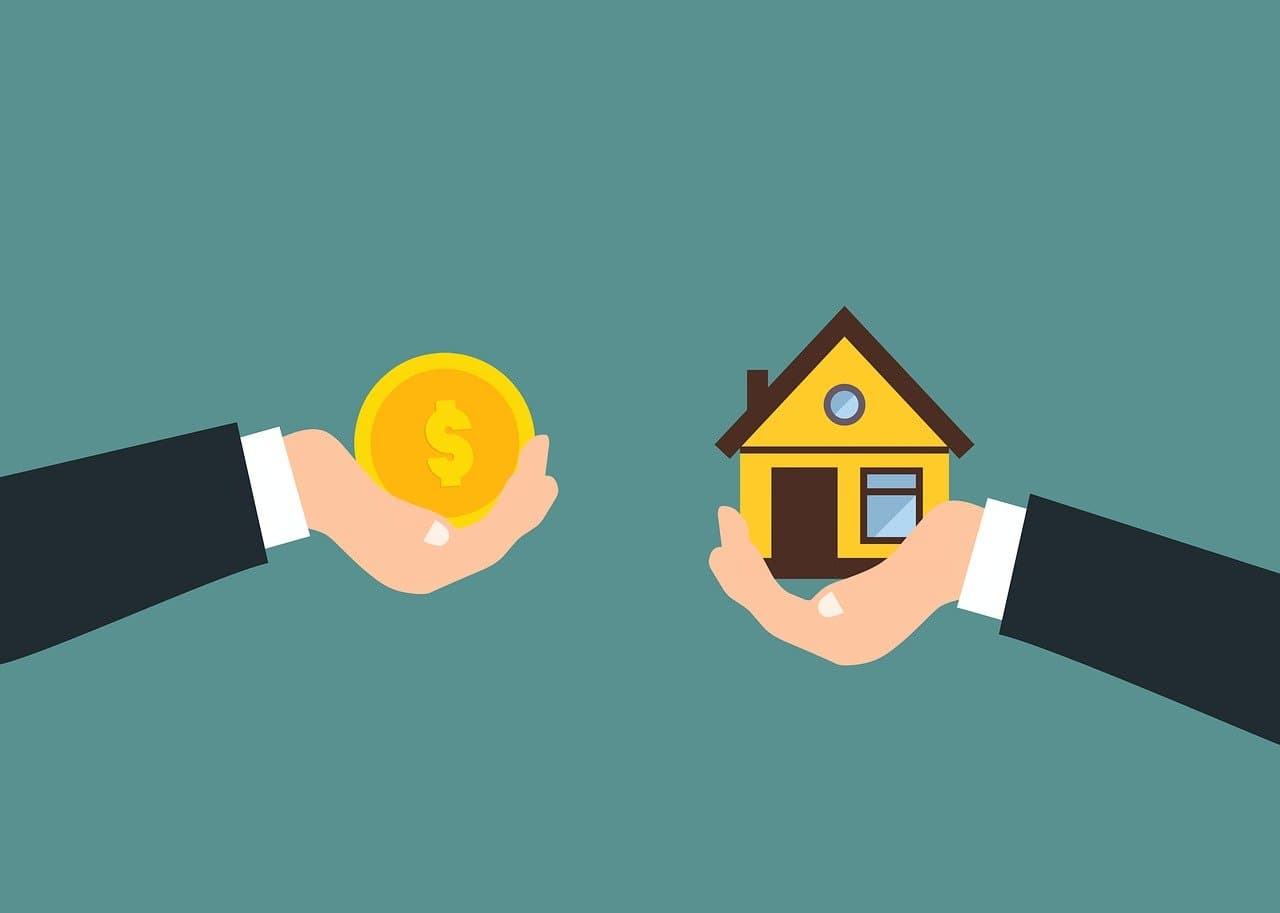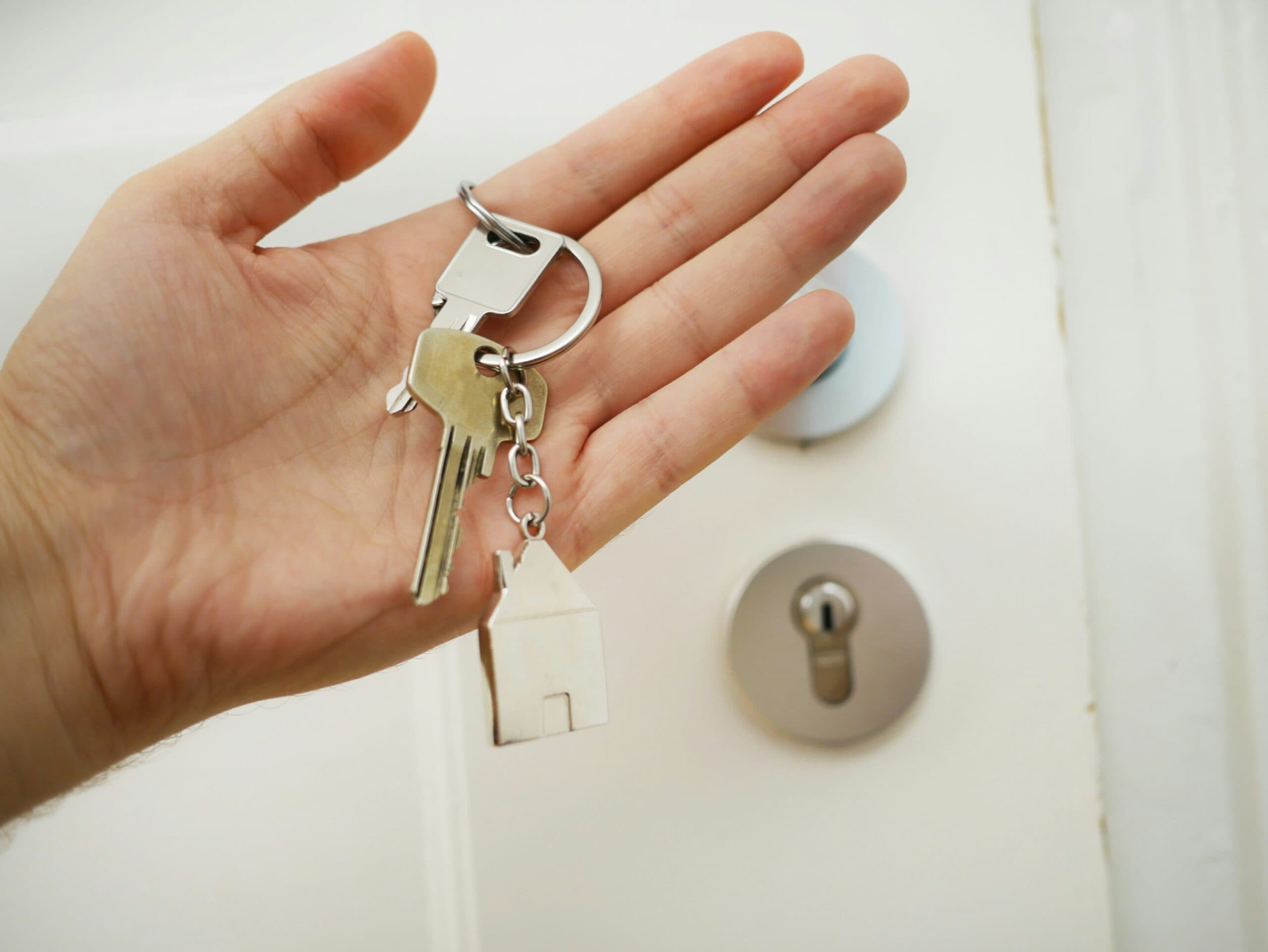
JUNE 27, 2025
Mortgage Payments Beyond Principal and Interest
When most first-time buyers think about a mortgage, they often focus on two main parts: principal and interest. But when you receive your monthly mortgage bill, you may notice that the amount is higher than expected. That’s because your mortgage payments often include more than just the cost of borrowing money. There’s a third key component working behind the scenes: the escrow account.
Understanding how escrow works and how it helps manage your property taxes and homeowners’ insurance is essential to becoming a confident and informed homeowner.
What Are Mortgage Payments Really Made Of?
A typical mortgage payment has four parts, often abbreviated as PITI:
-
Principal – The portion that goes toward reducing the original loan amount
-
Interest – The cost you pay to borrow money from the lender
-
Taxes – Your local property taxes
-
Insurance – Your homeowners’ insurance policy
The taxes and insurance portions are usually paid through your escrow account, which your lender manages on your behalf.
What Is an Escrow Account?
An escrow account is a special account set up by your mortgage lender to collect and hold money for:
-
Property taxes
-
Homeowners insurance premiums
-
(Sometimes) Flood insurance or mortgage insurance
Rather than paying these large expenses once or twice a year on your own, your lender spreads them out into manageable monthly chunks. Each month, part of your mortgage payment is deposited into your escrow account. When those bills come due, your lender pays them on your behalf using the escrow funds.
Why Escrow Accounts Exist
The escrow system is designed to protect both the homeowner and the lender.
For You (the Homeowner):
-
Prevents surprise tax bills or insurance lapses
-
Makes budgeting easier with consistent monthly payments
-
Keeps you in compliance with your local tax authority and insurance provider
For the Lender:
-
Ensures that the home (their collateral) is always properly insured and not at risk due to unpaid taxes
How Your Escrow Payments Are Calculated
Let’s say your annual property taxes are $3,600 and your homeowners insurance costs $1,200 per year. That’s a total of $4,800 per year, or $400 per month.
That $400 will be added to your monthly mortgage bill, on top of your principal and interest payments.
🧮 Example Monthly Breakdown:
| Component | Monthly Amount |
|---|---|
| Principal & Interest | $1,400 |
| Property Taxes | $300 |
| Insurance | $100 |
| Total Mortgage Payment | $1,800 |
The taxes and insurance are held in your escrow account, and your lender will use those funds to pay the bills when due.
What Causes Escrow Changes Over Time?
Your escrow payment isn’t fixed forever. It can change annually based on:
-
Increases in property taxes (often due to reassessment or rising tax rates)
-
Changes in insurance premiums
-
Shortages or surpluses in the escrow account from the previous year
Your lender performs an annual escrow analysis to review past and projected costs. If taxes or insurance go up, your escrow contribution will too, possibly increasing your monthly mortgage payment.
If your escrow account had a shortage, your lender may:
-
Increase your monthly payment to make up the difference
-
Or offer a one-time payment option to cover the shortage
Can You Waive an Escrow Account?
In some cases, yes, but it depends on your loan type and lender.
Generally, lenders allow you to waive escrow only if:
-
You have a conventional loan
-
You’re putting down 20% or more
-
You demonstrate a strong financial profile
However, waiving escrow means you’re responsible for paying large annual taxes and insurance bills on your own. For most first-time buyers, keeping escrow is the safer and simpler choice.
Tips for Managing Escrow Like a Pro
-
Open and read your annual escrow statement: It explains any changes and provides a detailed breakdown of upcoming expenses.
-
Budget for increases: Property taxes and insurance rarely go down.
-
Review your insurance annually: Shop around if premiums spike.
-
Set up a personal “escrow buffer”: If you’re concerned about changes, keep a little savings cushion in your own bank account just in case.
Understanding Mortgage Payments = Confident Homeownership
Knowing what goes into your mortgage payments, beyond principal and interest, is key to avoiding surprises and managing your finances wisely.
An escrow account is your silent partner, working in the background to make sure your taxes and insurance are always covered. While it may seem like an extra layer of complexity, it simplifies homeownership for most first-time buyers.
Want Help Understanding Your Mortgage Options?
At Premiere Mortgage, we guide first-time buyers through every step of the process—from pre-approval to final payment. We’ll explain your full monthly mortgage payment, set up your escrow account properly, and make sure you’re never caught off guard by hidden costs.
👉 Reach out to Premiere Mortgage today to get started on your path to stress-free homeownership.
Recent Posts

Refinancing Your Home Loan: Lower Payments or Shorter Term?
DECEMBER 4, 2025

Conventional Loan Requirements Every California Buyer Should Know
NOVEMBER 5, 2025

How to Qualify for FHA Loans in California
OCTOBER 30, 2025

Bridge Loans Explained: Buying Before Selling in California
OCTOBER 25, 2025

How to Finance a Duplex or Multi-Unit Property in California
OCTOBER 20, 2025

How to Refinance with a VA Loan: Understanding Your Options
SEPTEMBER 16, 2025
